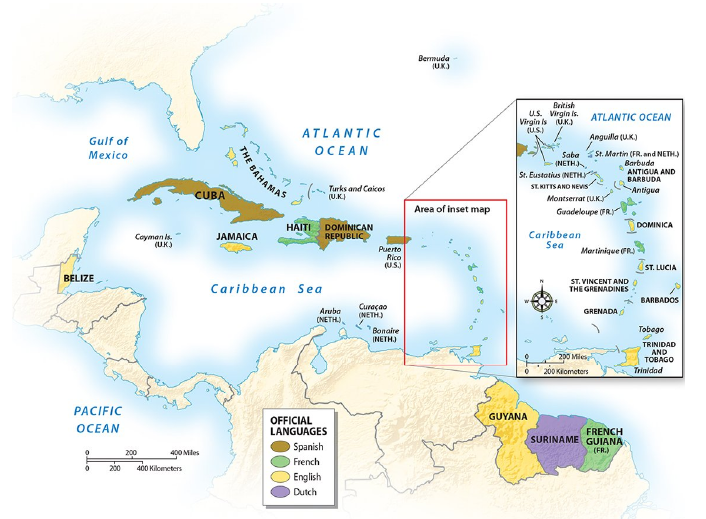Describe the difference between persistence and steady-state forecasts
What will be the ideal response?
ANSWER: A persistence forecast is simply a prediction that future weather will be the same as present weather. If it is snowing today, a persistence forecast would call for snow through tomorrow. Such forecasts are most accurate for time periods of several hours and become less and less accurate after that. Persistence forecasts are also more useful at those times and places where the weather tends to change less dramatically.
?
The principle involved in the steady-state, or trend forecast, is that surface weather systems tend to move in the same direction and at approximately the same speed as they have been moving, providing no evidence exists to indicate otherwise. Suppose, for example, that a cold front is moving eastward at an average speed of 30 km per hour and it is 90 km west of your home. Using the steady-state method, we might extrapolate and predict that the front should pass through your area in three hours.
You might also like to view...
What is the most common language in the Caribbean?

A) Dutch
B) Portuguese
C) French
D) Spanish
E) English
Which of the following issues would be addressed by a county's land use development office when making important environmental decisions?
A) building of a landfill B) managing a national park C) controlling air pollution from automobiles D) storage of nuclear wastes E) building of a new gas station in the county
Of the following, which is the best scientific hypothesis for the question, "How do bees help pollinate flowers?"
A) Bees are attracted to flowers by both color and smell. B) Bees help transfer pollen as they visit flowers to eat the pollen and drink the nectar. C) Bees can see light-colored flowers better than dark-colored flowers. D) We should help bees survive by planting more flowers that provide nectar and pollen.
We use ________ to catalyze the chemical reactions of digestion
A) isotopes B) alcohol molecules C) nucleic acids D) polycyclic aromatic hydrocarbons E) enzymes